Beginner's Guide to IT Service Management Success

Introduction
IT Service Management (ITSM) is integral to an IT department’s operations and the quality of service it delivers. It determines how the service is offered to internal (and sometimes external) stakeholders, most commonly referred to as customers. In today’s climate, flexibility and scalability are critical contributors to any organisation’s success. Now more than ever, IT teams should look at ways they can transition towards agile ways of working that are more collaborative, iterative, and customer-centric to deliver a seamless service that adds value.
Organisations who structure their operations around service management rather than the end-user requirements are being recognised as less effective and too often failing to meet the constant change of not only organisational requirements but also societal expectations and new ways of working. Modern methodologies, however, encourage a more holistic approach to ITSM—with the end-user front and centre of all activity.
Having a modern ITSM solution is no longer a ‘competitive advantage’ or a ‘nice to have’, it is now a staple for service management. Not having a modern ITSM solution could cause your service to fall flat due to not meeting growing customer expectations. The industry has seen an increase in technology spending to facilitate business continuity and growth in preparation for an indisputable digital future. More and more processes are carried out digitally using advanced tools. As a result, ITSM has become one of the most critical facets of technology stacks for business success today. We will go into more detail later about the differences between a traditional and modern approach to ITSM.
ITSM vs ITIL: What’s the difference?
What is ITSM?
IT Service Management (ITSM) is a collection of practices that focuses on how an organisation manages the delivery of IT services in order to meet the stated needs of end users (customers) and the agreed goals of the business. The practice helps establish processes and procedures to optimise all end-to-end processes and activities.
An ITSM solution sits at the heart of innovative IT departments, acting as a critical enabler that keeps users and business processes integrated and running smoothly. Its customer-orientated approach to service delivery boosts agility, encourages collaboration and improves efficiency, resulting in an outstanding customer experience.
What is a solution?
According to Gartner, a solution is the implementation of people, processes, information and technologies in a distinct system to support a set of business or technical capabilities that solve one or more business problems.

We understand that to many organisations, an ITSM solution is a service that has addressed one or more of their problems. We believe there is much more to an ITSM solution. But first, you must ask yourself: what is the responsibility of your IT department and what isn’t, to make sure your service meets delivery objectives. To qualify as a solution, we advise that your ITSM offering should be integrated, bringing siloed teams together. Not only to deliver a service, but to enforce continuous service improvement and agility
ITSM typically goes hand-in-hand with ITIL (Information Technology Infrastructure Library) frameworks. It’s a common misconception that they’re interchangeable—which they’re not, and we’re going to explain why.
What is ITIL?
ITIL is one of many frameworks of IT best practices—with each having its own particular focus area. ITIL is the most widely adopted framework, and is commonly used for ITSM implementation. It focuses on aligning IT with the outcome of organisations, with the core objectives being to increase efficiencies for organisations housing an IT infrastructure and ensuring businesses are propelled forward by robust IT service management.
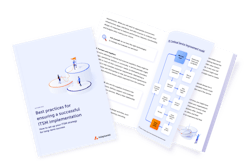
Set your ITSM solution up for success
This eBook shows 'Best Practices for ensuring a successful ITSM implementation' using popular frameworks.
Over the years, the ITIL framework has undergone iterations to improve best practices in line with today’s modern environment—ITIL 4 is the latest version. Other frameworks that can be used as a guide are: COBIT 5, Microsoft Operations Framework (MOF), Knowledge Centered Service (KCS), and Business Information Services Library (BiSL). Each has its pros and cons. However, ITIL is commonly used in the IT industry.
Traditional vs Modern ITSM
ITSM has existed for decades—since we started using technology to deliver IT services. However, today, we are seeing ITSM transform to keep up with new digital realities and become part of the organisation’s core operations, meaning there is increasing pressure for IT teams’ goals to align with the broader objectives of the organisation. It is evolving from traditional, legacy models that focus on the service to a leaner, more agile service structure that is customer-centric at heart. It’s therefore critical for organisations to stop thinking about ITSM as a silo that just focuses on delivering IT services. Instead, they need to look at service management holistically as a critical enabler for delivering business value—not just IT value.
Traditional ITSM
The priority of traditional (also known as Legacy) ITSM is to build a service that is designed for success but is not set up for failure—resulting in a fragile service. Additionally, the structure of the processes doesn’t promote collaboration between teams, which forces the IT function into silos that don’t interact—causing delays in resolutions or worse, tasks being missed.
Modern ITSM
Based on the limitations we now know traditional ITSM faces, it’s not surprising the newest version of ITIL reflects this shift. ITIL 4 ushers service management into a strategic context by embracing customer experience, value streams, and digital transformation. One key change in this version is shifting the interpretation of overly prescriptive 'processes' to more practical and holistic 'practices', as well as emphasising modern practices such as Agile and DevOps. The core idea is to promote a collaborative way of working and empower people in order to break free from silos and build a digital operating model that fits modern user needs and delivers greater business value.
The added value of a modern ITSM solution
The importance of ITSM stems from its intended goal of aligning IT services with an organisation’s greater strategic goals. If you’re still on the fence about implementing an ITSM solution within your organisation, here are some key reasons you should consider:
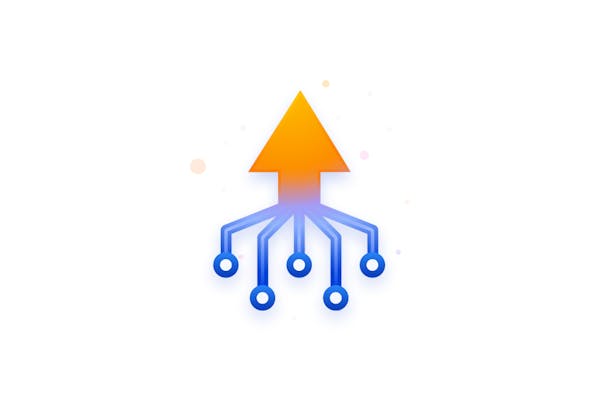
Streamline processes
Building an ITSM strategy around modern principles will take into consideration your value streams. This ensures the correct allocation of activities and distribution of resources—by 'shifting left' and continuously improving the process through iterations, it will result in a streamlined process that delivers slick customer service whilst maximising the return on your operational costs
What is a value stream?
A value stream is the sequence of activities necessary to deliver a product, service or experience to a customer, internal or external. Value streams cut across and connect siloed business capabilities. They provide end-to-end visibility of the activity flow, from customer request to delivery.

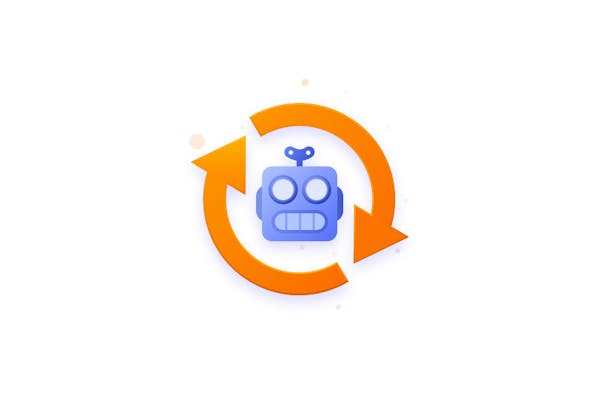
Increased efficiency through automation and self-service
This reduces manual efforts where possible, with processes automated to eliminate human error and accelerate the flow of value, allowing mundane tasks like requesting information and resetting passwords to be dealt with through self-service and knowledge management—a single source of truth.
As a result, IT teams can shift their attention away from repetitive tasks that drain time and productivity and focus on more strategic projects.
What is ‘Shift left’?
Shift left, in ITSM, refers to the transfer of knowledge to the front-line service desk roles and even to the customers through automation, self-service portals, but also through knowledge management practice.

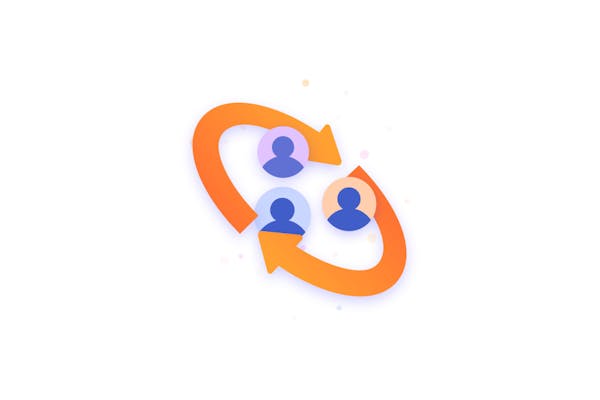
Empower and integrate teams to achieve DevOps success
Communication in any team environment is key. Many modern ITSM tools provide open and collaborative platforms that can integrate with other software development tools to integrate Dev and Ops teams, to provide a better overview and shared understanding between the teams. Your IT support and ops teams can be empowered with richer contextual information to handle incidents, changes and service requests faster and more effectively. The application of DevOps best practice here shapes a culture that encourages collaboration—not only when dealing with customer requests but also when continuously improving your ITSM solution with iterative changes.
What is DevOps?
DevOps represents a change in IT culture, focusing on rapid IT service delivery through adopting agile, lean practices in the context of a system-oriented approach. DevOps emphasises people (and culture), and it seeks to improve collaboration between operations and development teams.

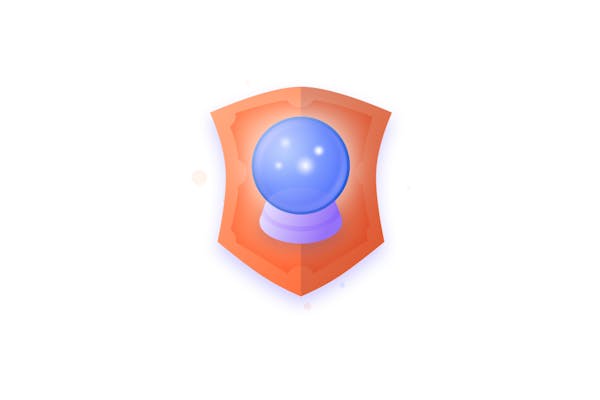
Future-proofing
If the Covid-19 pandemic has taught IT organisations anything, it’s the importance of being prepared for the unexpected and uncontrollable factors that may impact the deliverability of your service. The question you need to ask yourself is if your organisation were to scale the number of employees tomorrow, would the processes you have in place still be efficient and deliver a first-class service? If the answer is no, and your organisation’s internal or external environment changes, you risk being forced into a position of being reactive—instead of prepared and proactive—causing a strain on your team. This could result in a struggle to retain staff, or a need for more staff to meet demand, resulting in additional recruitment costs that could have been avoided.

Deliver exceptional customer service
The popular framework, ITIL 4, has a holistic approach to ITSM and delivering a service your customers crave. The focus cuts across all the dimensions and brings in an integrated approach that enables IT teams to deliver a service that provides the highest quality and value to the customer. Modern ITSM makes it easier for IT teams to provide a faster response to unexpected events by building automation and triggers into processes. Taking away the manual aspect frees up time for operational teams to delve deeper into issues and even systematically prevent and reduce incidents by getting to the root cause of problems before they escalate or reoccur.
With fewer interruptions in service delivery and more agile responses, customers can see improvements in their daily activities, including 24/7 availability and minimal service outages.

Scalability
Often when we talk about scalability, it’s easy to automatically think of growth, forgetting it also means to reduce or cut back. This could be scaling employees, operations or even requirements. ITSM solutions play a pivotal role in any scaling organisation. It enables you to adjust accordingly more easily because a well-built solution should go through regular iterations, meaning you are best positioned to address the expectations and potential challenges of scaling.
As successful organisations scale, they need to respond in all dimensions—people, processes, and tools—ensuring the right level is done to support the current size of the organisation.
What is scalability?
Scalability, in relation to ITSM, is the measure of a service's ability to increase or decrease in performance and cost in response to changes in both demand and operating capacity. Organisations that are growing rapidly should pay special attention to scalability when evaluating their value streams.


Extensibility: ITSM to ESM
A modern ITSM solution should also be able to support business teams. Enterprise Service Management is in fact the extension of ITSM principles that can be applied to any department in an organisation that provides a service. Having a modern ITSM solution already integrated into your organisation is a quick win for business teams (such as HR, Marketing, and Logistics) seeking a solution to better manage their service—with some of the initial hard work already done. This will also further integrate your organisation’s workforce creating even better visibility for senior management.

Single source of truth
Legacy systems tend to consist of disparate units and data systems since different tools are used for different parts of ITSM processes. Modular tools silo teams, create barriers and result in a lack of visibility across teams. Modern ITSM Integrations with knowledge management platforms enable teams to all work from the same source of information—known as the ‘single source of truth’. Having a single source of truth not only supports the adoption of processes but also supports continuous improvement and development, by making it easier to update documentation—making all teams involved aware of the changes implemented.

We want to hear from you!
Take our short survey and let us know how you would like a modern ITSM solution to support your organisation.
Popular use cases for a modern ITSM solution
There are many ITSM practices—but this doesn't mean that your organisation is limited to only implementing one. ITSM in any organisation is a complex arena tasked with supporting business initiatives. Here are some ITSM use cases that organisations can adopt:
Incident management
In ITSM terms, this is when an incident is an unplanned event or service interruption. Incident management refers to the necessary actions taken to resolve an issue, with the objective of restoring the service operations with minimal impact on users and the business.
Problem management
Refers to the set of activities and processes involved in identifying and addressing the root cause of an incident. It also includes an analysis of the factors of the root cause of the incident and identifying the best ways to manage them to prevent future incidents.
Change enablement
This is the establishment of processes and practices to understand and minimise service disruptions and other risks while making IT changes. Its main objective is to make sure risks have been thoroughly assessed, authorising changes to proceed, and manage the change schedule.
IT asset management
Focuses on helping organisations plan and manage the entire lifecycle of all IT assets, to maximise their value, control costs and support decision making.
Request management
Includes the processes and tools used by organisations to fulfil service requests from customers, employees, and vendors in an effective manner.
Potential limitations of ITSM
No solution to a problem is perfect, so being aware and understanding the potential hurdles you may come across are important first steps to overcoming the following limitations:
Integration and compatibility issues
The level of integration your existing legacy systems have may impact the modernisation of your ITSM solution. This is due to many tools being capable of only integrating with applications that are within their ‘ecosystem’. ‘Out of the box’ tools can make integration almost impossible, whereas fully customisable platforms allow more flexibility but require in-depth expertise usually from a solutions partner to implement them correctly. So it is therefore important to find a balance between being able to continue to use tools that are familiar to both your team and customers, but also tools that will serve the organisation moving forward to offer and support products and services which ultimately deliver ‘value’ for the end-user.
It is also vital to consider the future requirements of your organisation to determine whether your proposed ITSM solution will need to integrate with other systems in the future.
Many ITSM tools are not easily scalable
According to Gartner, the definition of scalability is "The measure of a system’s ability to increase or decrease in performance and cost in response to changes in application and system processing demands." Many tools are server-based—limiting them to the storage capabilities of the host. Cloud-based platforms, however, do not have this issue.
Aftersale support
This isn’t a limitation per se, but it is something we want you to bear in mind. Once your ITSM solution is live, the work isn’t done—and it is essential not to fall into this trap. Iterations will be required continuously to maintain and improve the quality of the service. In order to achieve this, you may require support either from your platform supplier or a solutions partner as part of their managed services package.
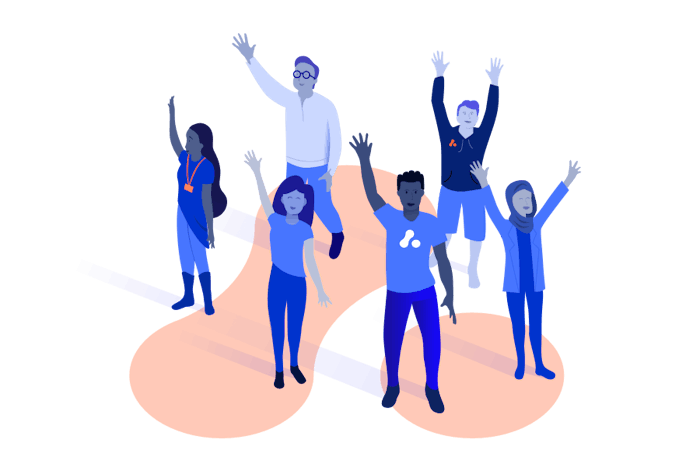
Take the next step with Adaptavist
At Adaptavist, we’re here to guide you on your next step into discovering what an ITSM solution can do for you by understanding the current state of your service with our discovery assessment.
Our discovery assessment is a means of gathering a 360-degree view of how your organisation operates by speaking to the departments involved in either providing or using the service. It also endeavours to understand what the service delivery departments', such as the IT team's, roles are in supporting the overarching goals, and how the modern ITSM solution we build can support you in achieving them.
Not sure what you're looking for in an ITSM solution?
Take a look at our service management packages that range from a proof-of-concept to a bespoke enterprise solution package.
Starter kit
Kickstart your ITSM or ESM transformation journey with our out-of-the-box package, which includes basic features to get you up and running.
Professional
Accelerate your service maturity by gaining a 360-degree understanding of your existing ITSM set-up and receiving expert support from our team to optimise your ITSM or ESM solution to take it to the next level.
Enterprise
A fully customised solution that is designed, built and implemented based on the unique requirements of your organisation whilst ensuring your services are fully secure, compliant and future-proof.